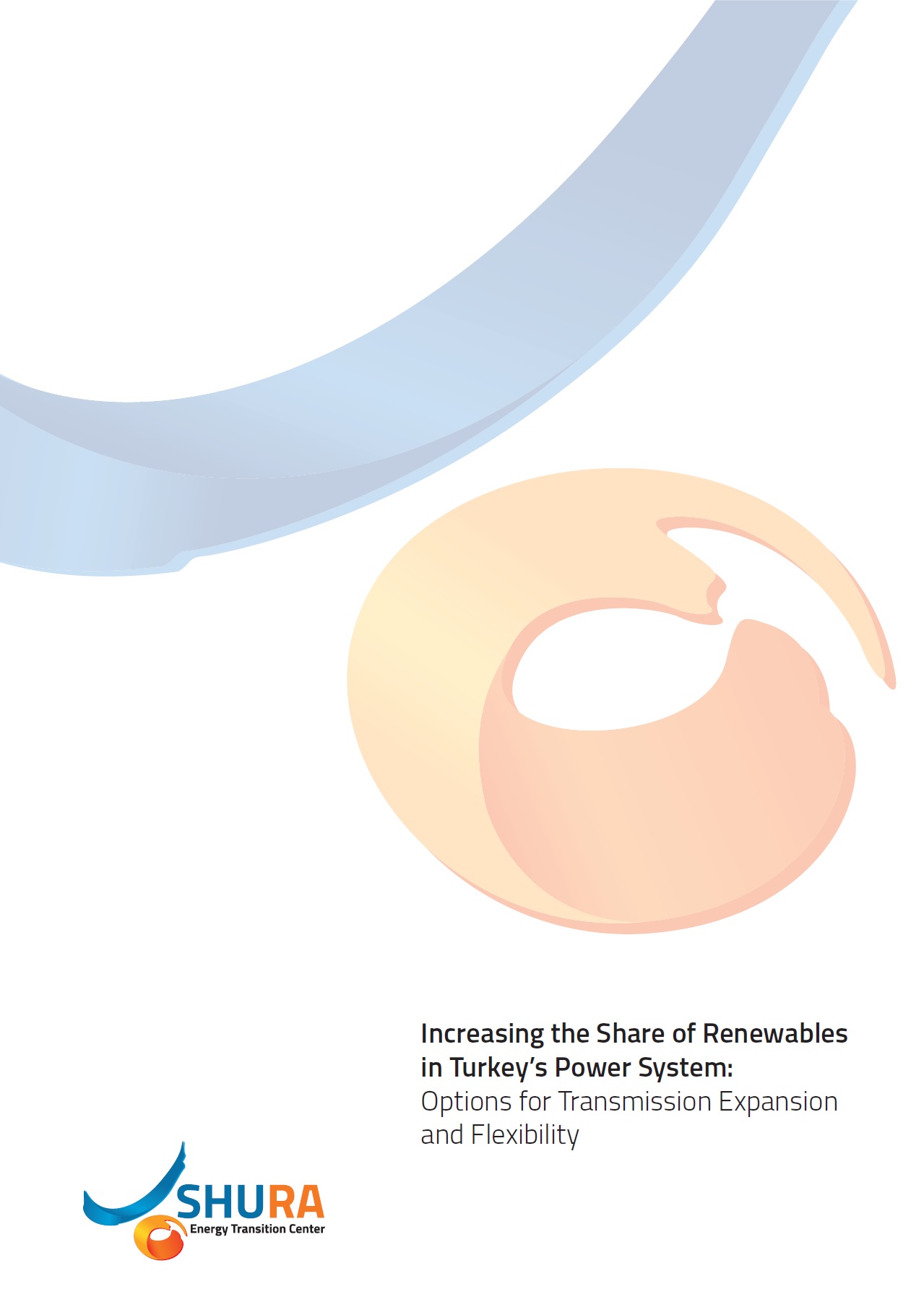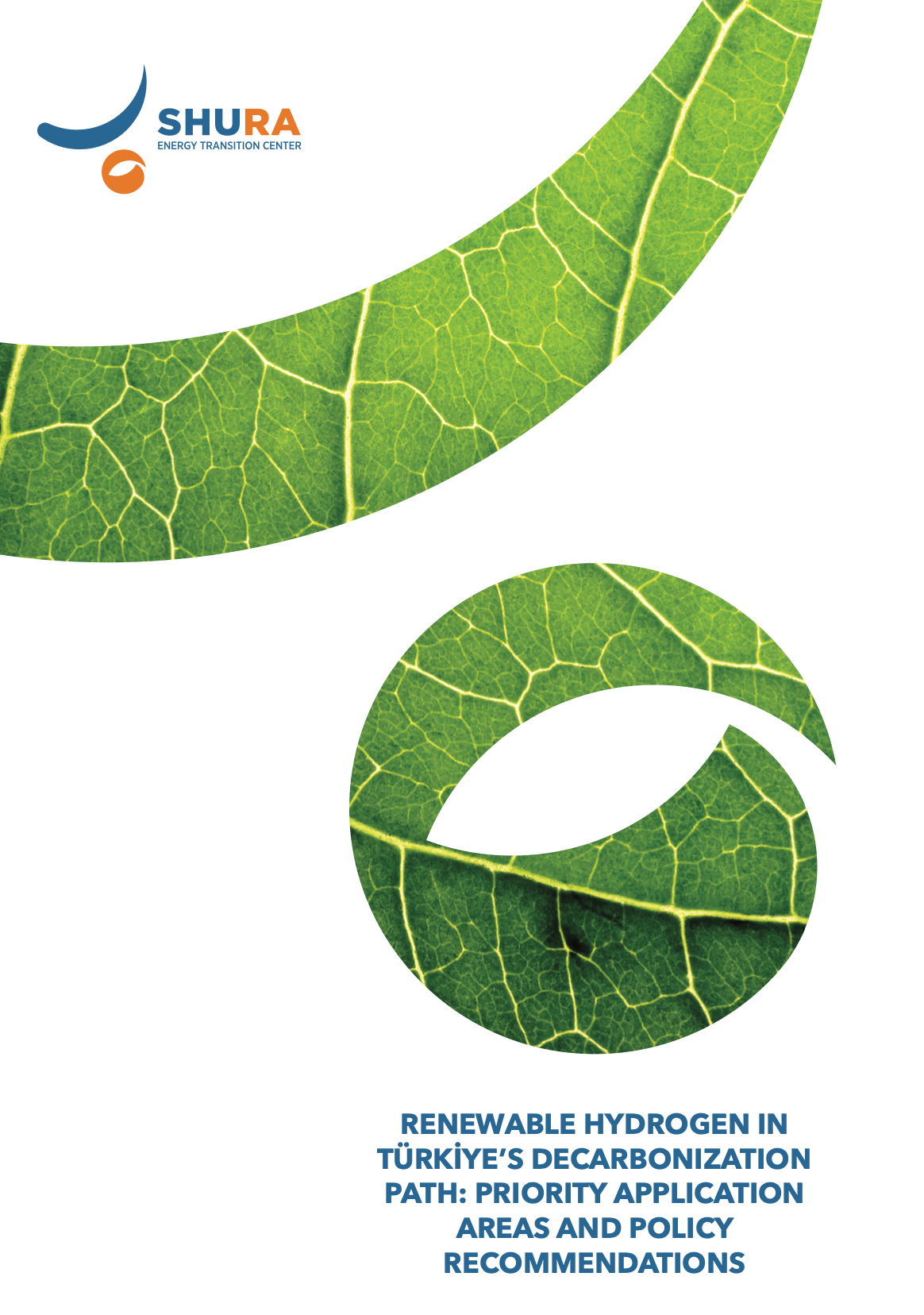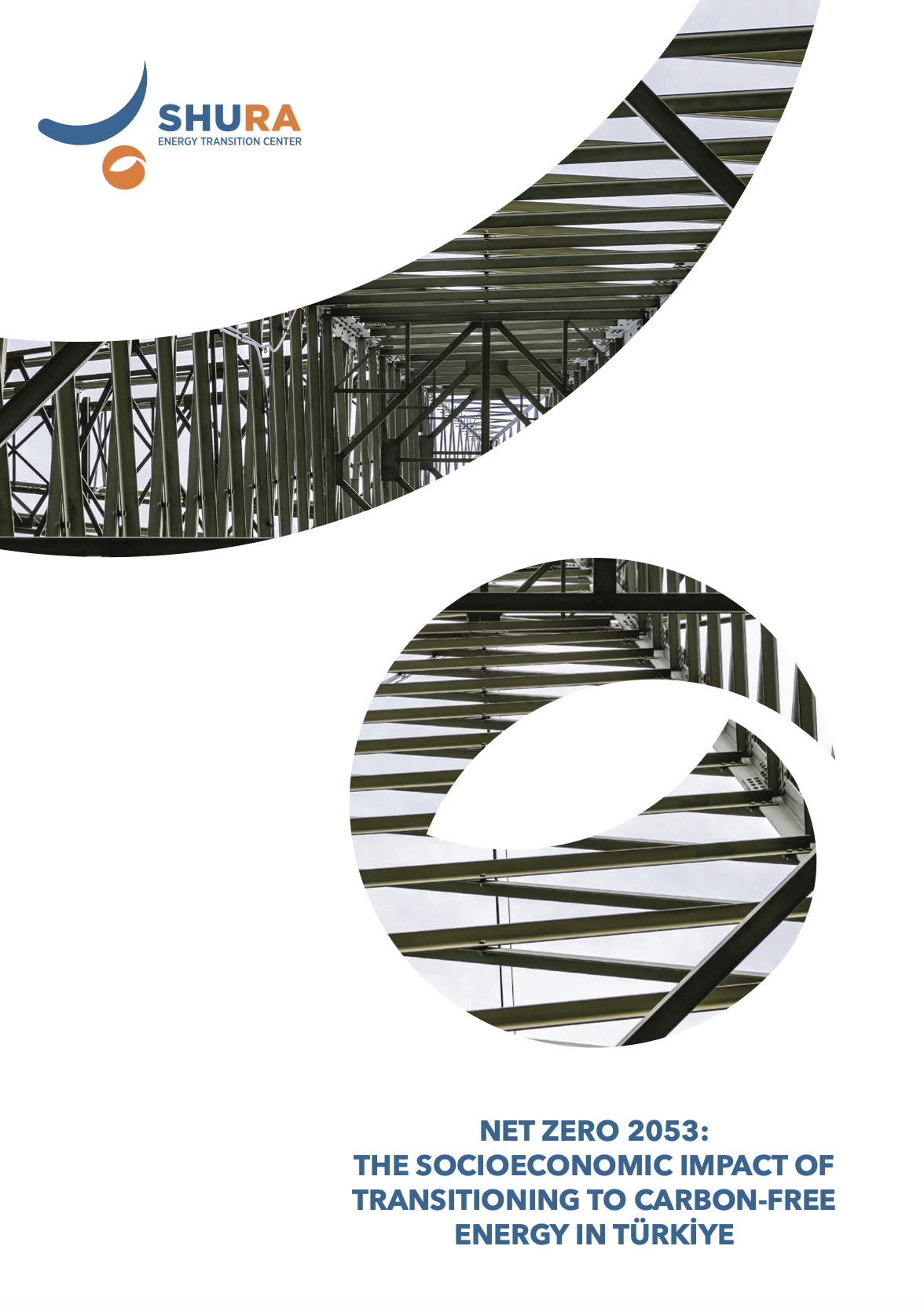The use of renewable energy resources, primarily wind and solar, is expected to grow signifi cantly within Turkey’s power system. There has been tremendous growth in the installed renewable electricity generation capacity in recent years and Turkey saw a record year in 2017. As deployment of renewable electricity generation technologies is on the eve of acceleration, there is a need to better understand how the rising share of wind and solar will aff ect Turkey’s power system.
This evidence-based analysis is designed to highlight priority areas and inform energy planners, system operators, decision-makers and key market players on the consequences of higher shares of renewables and what they would mean for transmission investment and integration strategies in Turkey. This study – the fi rst of its kind for Turkey – will help inform discussions about Turkey’s transition to a low-carbon electricity system. Being one of the fastest growing economies and in view of the subsequent increase in Turkey’s electricity demand, the analysis provides an important contribution to the energy security debate, proposing strategies on how the current transmission system can integrate higher shares of renewables.
Due to aff ordable technology costs, the wind and solar (defi ned together as variable renewable energy) are expected to continue. The analysis shows that Turkey can generate 20% of its total electricity from wind and solar by 2026 without negatively impacting transmission system and planning. Doubling the installed wind and solar capacity to 40 gigawatts (GW) is feasible without any additional investment in the transmission system compared to the Base Case scenario defi ned in this analysis. The total investment needed to expand the transmission grid and the additional transformer stations is estimated approximately the same as earmarked by Turkey’s transmission system operator (TSO) Türkiye Elektrik İletişim A.Ş.’s (TEİAŞ) Ten-Year Network Development Plan (TYNDP). The impact on redispatch and curtailment of electricity is found to be negligible. A wider distribution of solar and wind capacity across the country – based on demand, substation capacity and speed and irradiation – produces remarkable benefits for integration.





